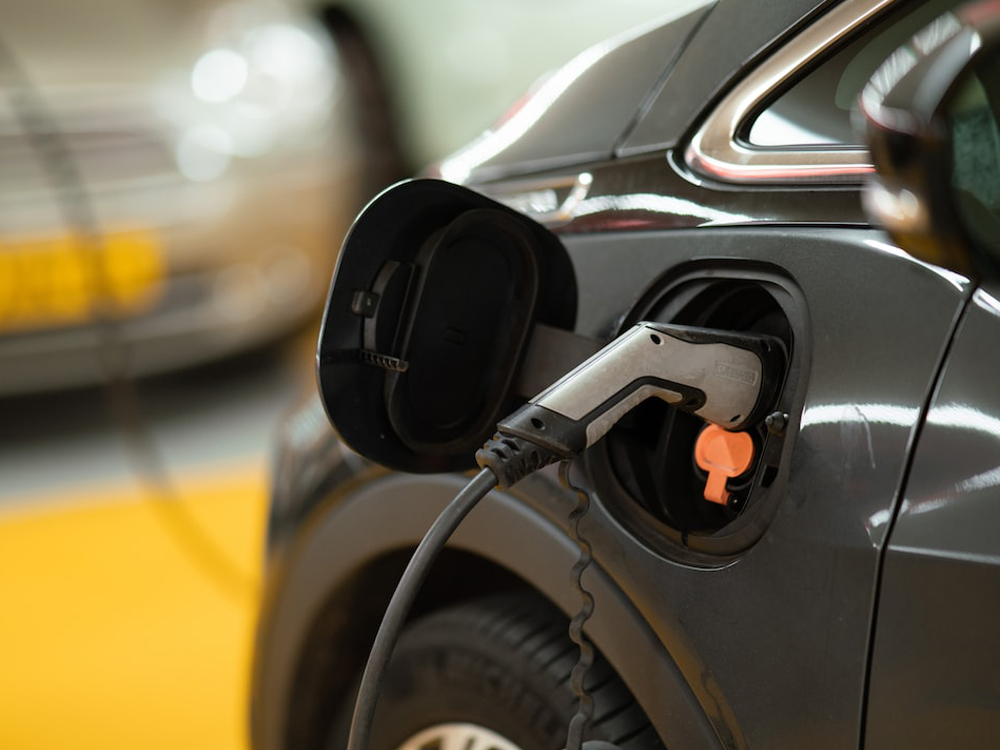Dave Lamont of Plastic Free Home shares his reasons for finally deciding to go electric, can he persuade you by dispelling some of those myths and misconceptions?
This autumn, after much research and careful deliberation we finally took the plunge and ordered our first electric vehicle (EV).
In the UK, that still very much makes us ‘early adopters’. Of the 33 million cars on our roads, just 462,050 are battery electric vehicles (BEVs) according to the RAC. But the picture is changing. The number of BEVs registered in September rose 16.5% in September, with around 15% of all new cars registered now fully electric. With the sale of petrol and diesel cars and vans banned in the UK after 2030, and hybrid sales banned from 2035, that trend should only gather pace.
One thing that becomes quickly apparent when you delve deeper into things is there are many myths and misconceptions surrounding the electric vehicles. We thought it might be helpful to clear a few of them up…
The range isn’t good enough
How often do you jump in your car and go for a 200-mile round trip, or further? Not often would be the answer for most of us. In fact, according to the Department for Transport, the average car does just 5,300 miles per year, or 15 miles per day. So simply charging at home isn’t an issue for most.
Do you fill your petrol or diesel tank every time, especially with fuel prices high? If not, you’ll be lucky to get a range of 200-300 miles, comparable to many newer EVs.
They are powered by fossil fuels
EVS are not a perfect solution, but end to end they are better and, unlike fossil fuels, improving all the time. Zero carbon power formed nearly half of Britain’s energy mix last year, with the proportion coming from fossil fuels down from 75% in 2010 to 35%. In 2020, renewables accounted for over 43% of the electricity generated, overtaking fossil fuels for the first time. Growing demand for EVs will inevitably lead to growing demand for clean energy and only help to speed up that transition. Solar panels and other adaptation can also enable you to generate your own electricity at home.
You need specialist insurance
Most major insurers will happily provide you with cover. Sorting ours was as simple as with any other car in the past. Given the typically higher value of EVs, expect to pay a little more in the short-medium term.
The battery will drain
Listening to music or using your wipers won’t have a noticeable impact on your battery life but air con, for example, probably will. However, that’s not really any different to in a petrol or diesel vehicle, where air con can mean using an extra 5-10% of fuel. EVs can also hold their charge for long periods when not in use.
Charging is difficult
For most people charging at home will be the most convenient and cost-effective option – around a quarter of the price of charging on the go. On average, it will cost you around £1,000 to buy and have a home charging point installed but consider it a longer-term investment, like installing solar panels or fitting a new boiler. We opted for an Ohme Home Pro charger, as it’s compatible with the new Intelligent Octopus tariff which provides six hours per night of charging at 10p/kWh. It is true that much faster progress needs to be made on installing public charge points across the UK. According to ZapMap, there are currently 42,000 across the UK but The Society of Motor Manufacturers and Traders estimates that we will need around 2.3 million charge points by 2030 to satisfy demand. But, as above, how often will you need to charge publicly if you can generally do so at home?
Charging is too slow
Whilst a home charger (typically 7kW) will charge more slowly overnight, public chargers range from 25kW to 350kW and can charge a car’s battery from 0-80% in as little as 20-30 minutes. So, by the time you’ve picked up a few groceries or had a toilet break and grabbed a coffee you could be underway again.
The grid can’t cope with demand
In fact, electricity use in the UK has been falling (around 17%) since peaking in 2005 as technology continues to improve and as a result of energy saving and efficiency measures. From heat pumps to induction hobs, and of course EVS, it is clear that demand for electricity looks set to increase though. However, the ability to charge EVs when energy demand is at its lowest can help to smooth out and manage any pressure on the grid, and EVs can even store electricity to sell back to the grid. And, as above, you might consider generating your own electricity.
EVs are expensive
As with any new product, car companies will want to recoup the significant investment associated with bringing EVs to the market. They will also charge those at the front of the queue a premium. Expect EVs to gradually become more and more affordable over time but also remember that they can be around 70% cheaper to maintain over their lifetime.
EVs are unsafe
Firstly, our new EV has an NCAP five-star rating, the highest possible. Secondly, EVs are subject to the same stringent safety standards as other vehicles and their batteries are battery packs and system are sealed and isolated, meaning that whether you’re navigating a thunderstorm or the local car wash, you should be safe. A major US study also suggested that the risk of fire is on a par with or lower than in a petrol or diesel car.











Comments